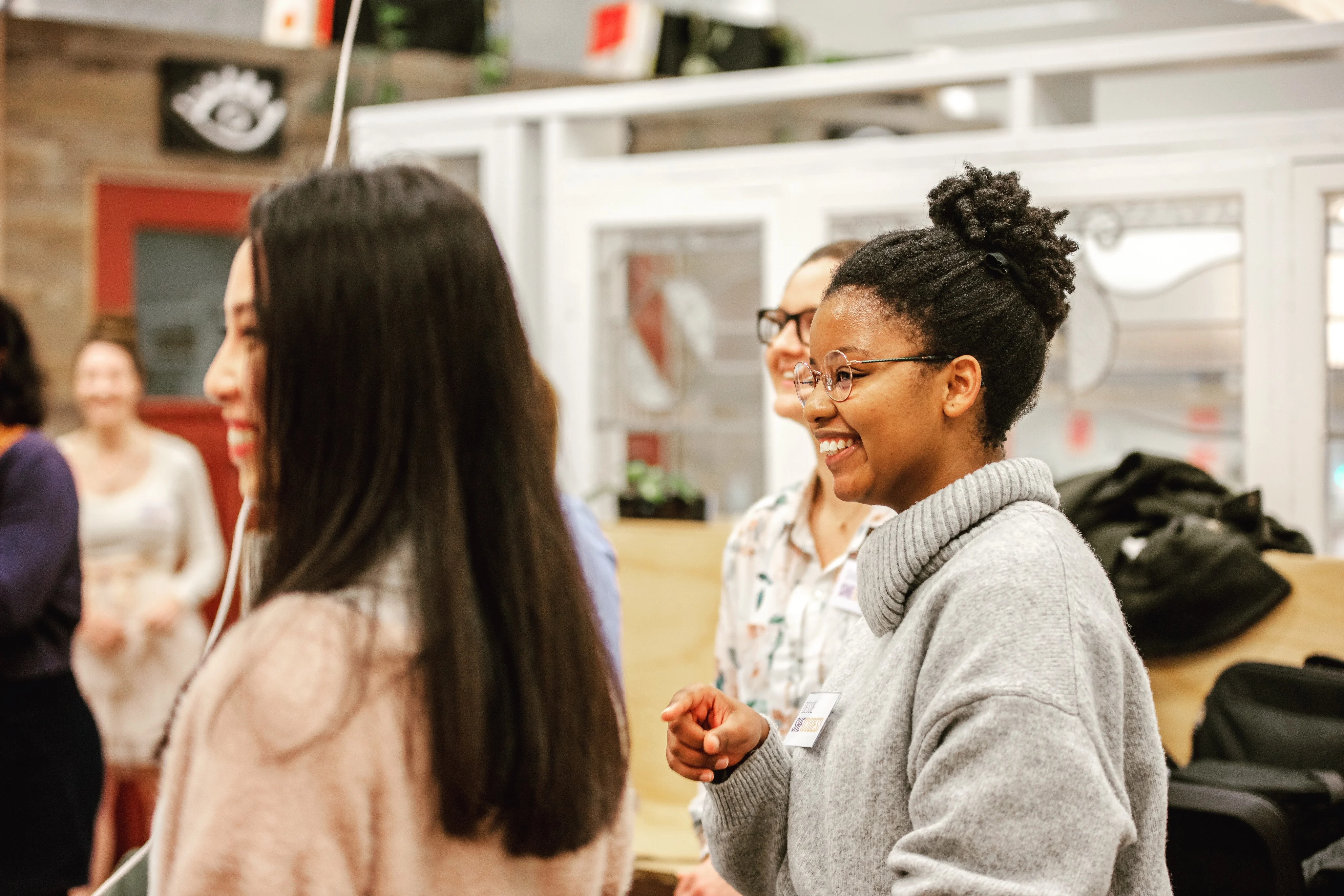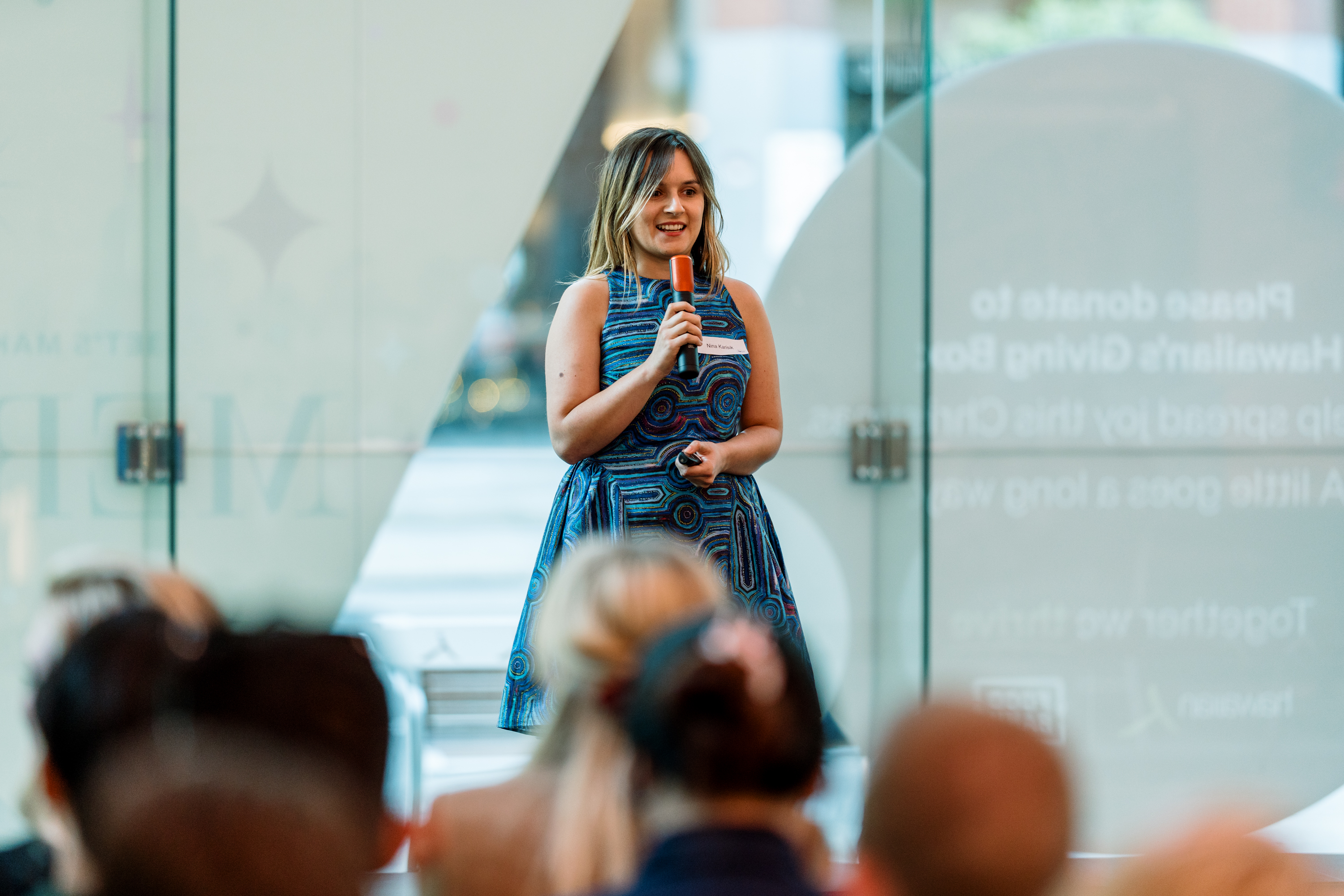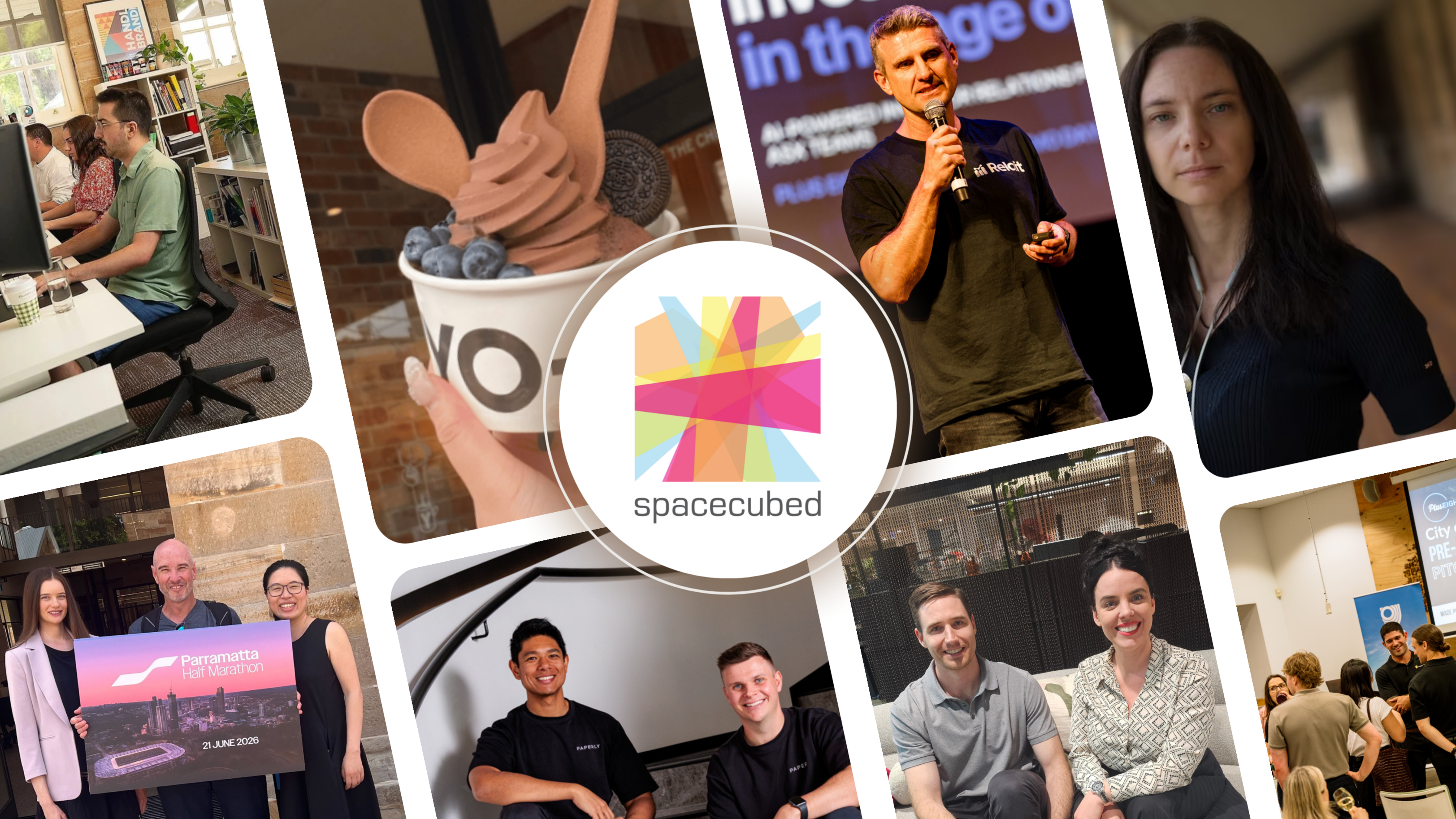Implementing Lean Usability Testing in your Business or Startup
If your business has a website or a product, usability is necessary for survival. If it’s too difficult to navigate or find the right information, users will simply leave. Other products, businesses and websites are readily available, so leaving, and finding something that better suits their needs, is the first action people will take when encountering difficulty. This is where usability testing comes in.
Created by Jakob Nielsen, usability testing is a human-centred design approach, improving ease of use during the design process through representative user testing. Jonathan Steingiesser, Strategic Design Associate Director at Isobar, takes us through this process and the workshop he runs in Perth, sharing his insights into how usability testing can be implemented into businesses of any stage.
“You don’t need to be an expert, you just need to speak to your target audiences.” Jonathan tells us. By observing what users do, where they succeed and where they have difficulties with your product, gives you firsthand insights. “Usability testing is geared around efficiency and smarter ways of working. People don’t have time to create big reports, and often they are not that helpful. They just want to get into action mode, make a positive difference, and grow. People are asking - what can I change, right now, in my product to improve the customer experience?”
Students, startups and business founders are today being introduced to usability testing through formal education, where they need to review and challenge their assumptions by speaking directly with their target audience. In fact, usability testing has only now, in 2019, been introduced into universities in Western Australia. However, digital agencies such as Isobar have been focusing on, and delivering, experience-led transformation through usability testing for years.
After running his workshop on Lean Usability Testing for the second time, with Perth startups in Spacecubed’s 2019 Plus Eight accelerator cohort, Jonathan proved how simple and easy it is for everyone to be testing their products. “You don’t even have to have a product or prototype to do testing, you can have contextual interviews and discussions. You are not selling, you are not pitching, you are simply asking intelligent questions and listening.”
Jonathan tells us, “You can’t tell them how your product works. All you need to do is ask the right questions, and observe what they do. Based on their behaviours, you can identify both patterns of ease and patterns of difficulty. You can then create a better, more seamless experience from these learnings. It’s iterative, the process never stops - often it’s one of the biggest challenges for organisations as people don’t do this. To succeed, and grow, they need to.”
While many of the Plus Eight teams are still in the startup phase, established businesses will directly impact by implementing usability testing. “User needs are always changing, no matter what the size of the website or product they are using. Because of this, it’s really important to always be testing and talking to your customers, making sure you stay updated with their changing needs.”
Jonathan left us with this final thought. “It’s not about being a purist, real value is about the improvement in the customer’s hands. You need to do just enough to get to that point, don’t get caught up in research. Make changes, iterate - measure it and get it into people’s hands.”
The Plus Eight teams were delighted with the workshop, bringing away the following key ideas for immediate implementation across their businesses:
It’s important to always remind yourself that you are not your user, regardless of your expertise.
Business owners, startup founders and individuals need to do more research and testing than anyone else - they will always have an inherent bias.
Remember, during research and interviews the more you talk - the less opportunity your users have. You are there to listen.
Get out of the building where you work and speak to your customers - but not just anyone. Find your target audience and discuss their goals, needs, aspirations, dreams. Find out how your product can help simplify their world.
If you’re interested to find out more, you can reach out to Jonathan on LinkedIn here.
Alternatively, grow your startup with the Spacecubed family by booking a tour here.




.png)



